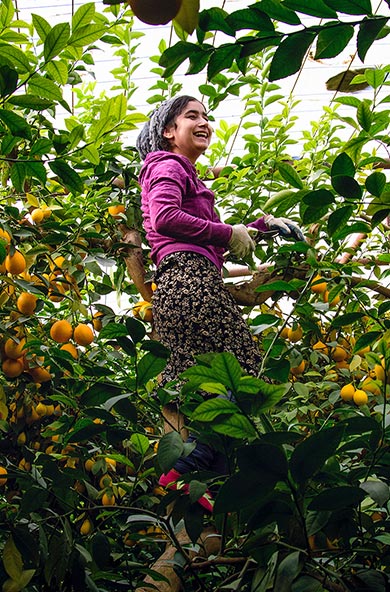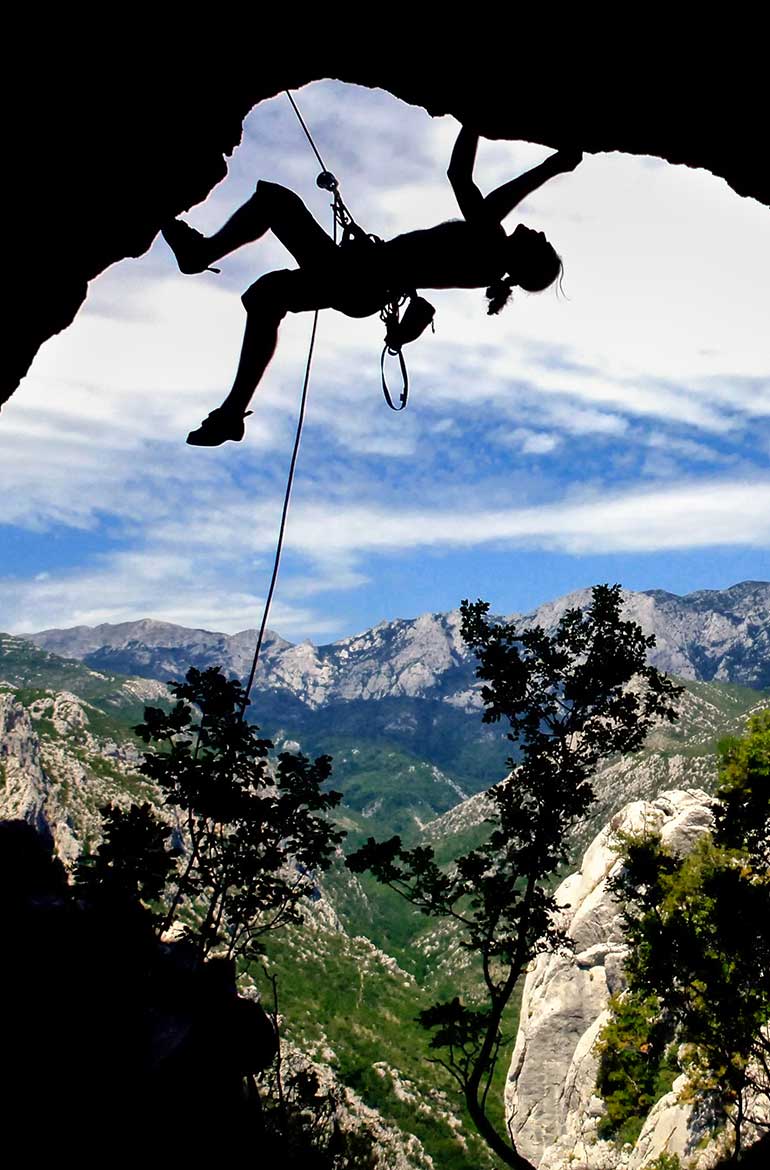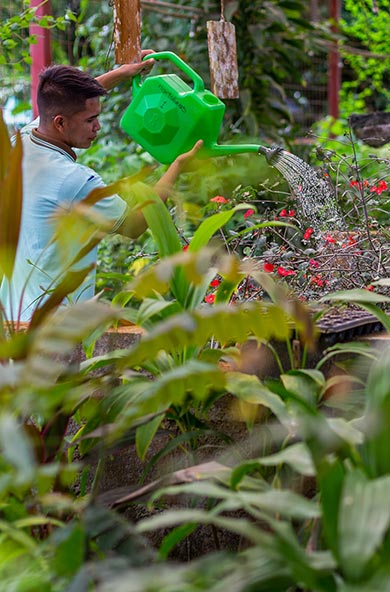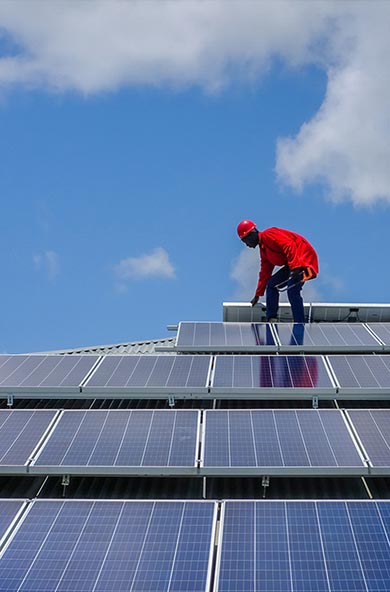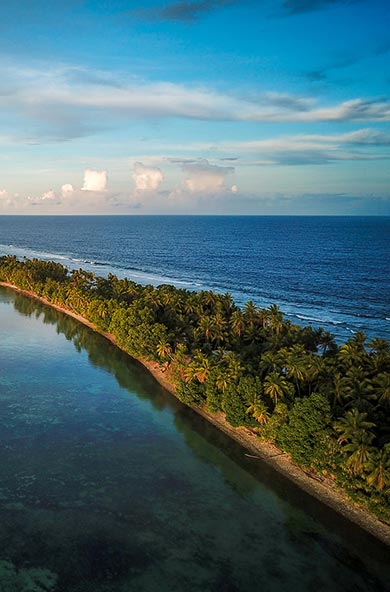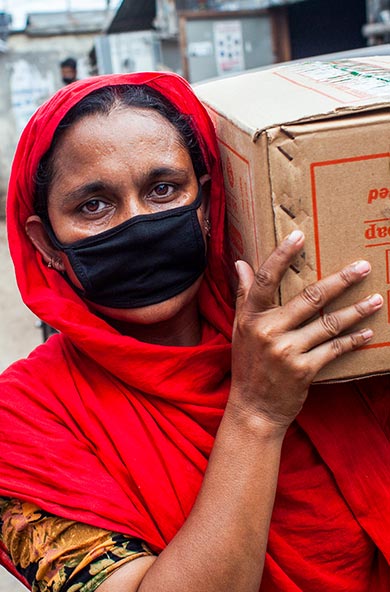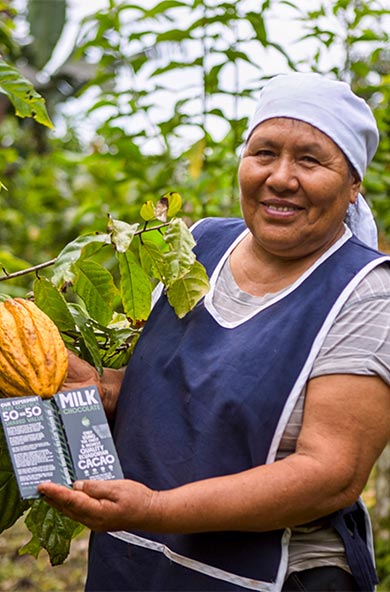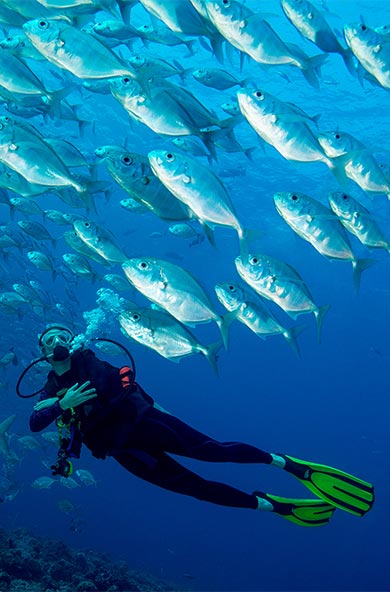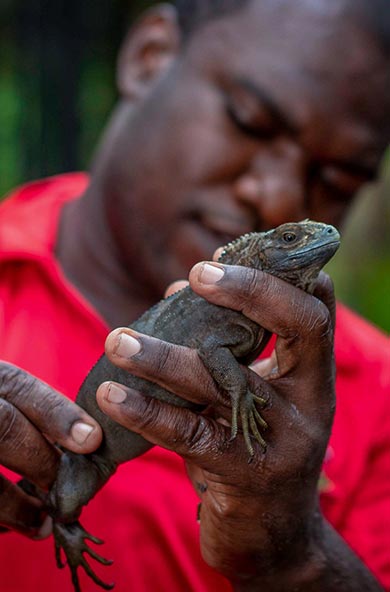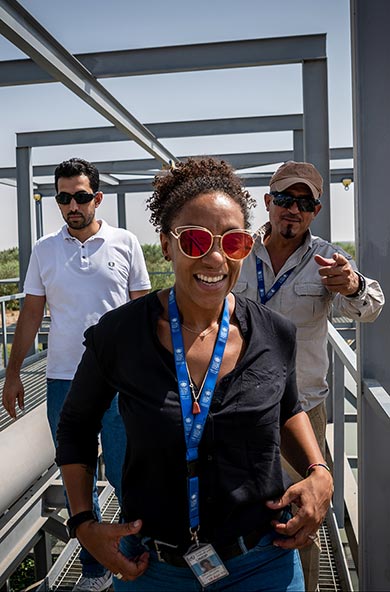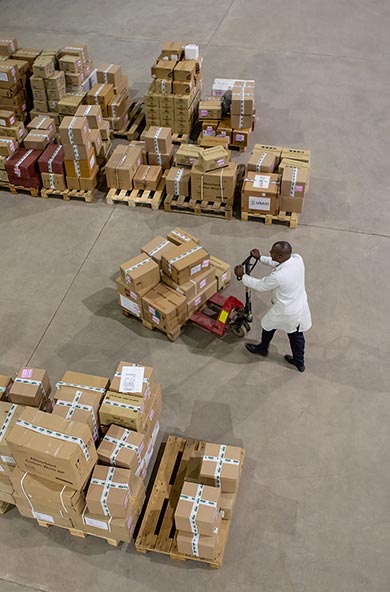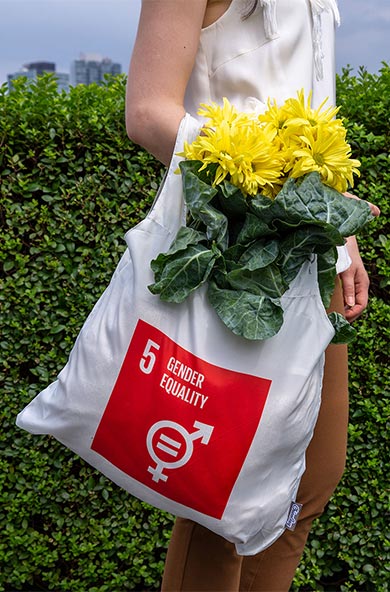How humans and wildlife live in harmony in southeastern Senegal

A 2024 Equator Prize winner, the Dindéfélo Community Nature Reserve represents a model for conservation finance, demonstrating how investing in Indigenous Peoples and local communities reaps tangible benefits.
In the heart of southeastern Senegal where rolling hills give way to dense forests, the Dindéfélo Community Nature Reserve (DCNR) stands as a beacon of hope for biodiversity and local communities. Established by 12 villages, the initiative is a testament to the power of grassroots conservation. Unlike traditional government reserves, Dindéfélo operates under a unique zoning approach, allowing for human habitation, sustainable agriculture and wildlife conservation to coexist harmoniously.
“The uniqueness of Dindefelo is that it is one of the few communities that has not yet experienced any exploitation, even though it is in a prosperous region.” - Mamadou Sylla, Dindéfélo Community Nature Reserve Manager
The reserve is home to an extraordinary range of biodiversity, including Senegal’s last remaining wild chimpanzees, rare bird species, and lush forest ecosystems. However, like many protected areas, its success hinges on sustainable financing, funds that allow conservation to flourish while ensuring that local communities benefit.
As a 2024 Equator Prize winner, Dindéfélo represents a model for conservation finance, demonstrating how investing in Indigenous and local communities reaps tangible benefits.
Community empowerment
At the heart of Dindéfélo is a collaborative spirit, where conservation is led by the very people who call this land home. Each village brings its own traditions and expertise to a shared vision.
Unlike many protected areas where conservation efforts restrict local communities from using land, Dindéfélo’s model prioritizes community inclusion. Every decision, whether on conservation policies, reforestation, or economic activities, is made collectively. This sense of ownership is what makes Dindéfélo a successful and can be replicated anywhere in the world.
Dindéfélo ensures that women, youth, and elders shape conservation strategies. The message is clear: wildlife protection is not separate from human development.
Chimpanzee conservation

Dindéfélo is home to Senegal's last remaining wild chimpanzees. Photo: UNDP Senegal
Deep within the forests of Dindéfélo, Senegal’s last wild chimpanzees roam freely. However, habitat loss, climate change, and human encroachment have placed these critically endangered primates at great risk.
Dindéfélo has begun a comprehensive community-led chimpanzee conservation programme that combines scientific research, traditional knowledge, and local stewardship. Community members, trained as wildlife monitors, conduct routine patrols to track chimpanzee movements, prevent habitat destruction, and ensure that humans and wildlife live peacefully.
Dindéfélo is also investing in education and awareness. Schools include conservation lessons, ensuring that the next generation understands the importance of protecting chimpanzees. Public awareness campaigns encourage communities to report sightings, avoid disruptive activities in key chimpanzee habitats, and actively participate in conservation efforts.
“Thanks to awareness sessions, there is a good coexistence between the communities and the chimpanzees. Young people actively monitor habitats and tourist sites while leading awareness initiatives." - Mamadou Sylla
The success of these initiatives highlights a crucial reality, when local communities have the tools and financial resources to protect wildlife, they do so with passion, knowledge and long-term commitment.
Reforestation and fire control

Deforestation and bushfires are among the greatest threats to biodiversity in Dindéfélo. Photo: UNDP Senegal
One of the biggest threats to biodiversity in Dindéfélo is land degradation, often caused by deforestation and bushfires. The community has planted thousands of native trees to restore lost habitats and bushfire prevention programmes have been introduced. Through controlled firebreaks, early-warning systems, and community training, the people of Dindéfélo are reducing the risk of wildfires, one of the most destructive forces in this fragile ecosystem.
These efforts demonstrate the direct impact of conservation finance, with the right investments, local communities can lead large-scale restoration projects that protect biodiversity, create jobs and promote climate resilience.
Market gardens and livelihoods
Conservation is only sustainable when local communities see tangible benefits. In Dindéfélo, conservation finance supports sustainable livelihoods, particularly for women, through market gardens that provide fresh produce, economic stability, and food security.
By investing in local entrepreneurship, Dindéfélo ensures that conservation is not seen as an obstacle to development, but rather as an opportunity for growth. These initiatives empower local farmers and traders while reducing dependence on unsustainable land use.
Education and future generations
The long-term success of Dindéfélo depends on the young people who will inherit the responsibility of protecting their environment. Recognizing this, Dindéfélo has made environmental education a top priority, ensuring that schools include conservation lessons.
Through interactive learning experiences, storytelling, and hands-on training, students gain an appreciation for the unique biodiversity of their home.
Scholarship programmes funded by conservation finance allow students from rural villages to pursue higher education in environmental sciences, agroecology, and conservation management.
With continued investment, Dindéfélo can expand these programmes, create conservation training centres, and develop leadership opportunities for youth, securing a future where the people of Dindéfélo remain the protectors of their homeland.

Conservation is only sustainable when local communities see tangible benefits. In Dindéfélo, conservation finance supports sustainable livelihoods, particularly for women.
Investing locally
For too long, conservation has been driven by top-down approaches that exclude local communities. But initiatives like Dindéfélo show that when communities lead, the results are sustainable, impactful, and transformative.
However, community-led conservation cannot thrive without financial support. Investments in wildlife conservation finance empower local people allowing them to:
- Expand conservation programmes to protect endangered species like chimpanzees;
- Providing alternative income sources that reduce environmental pressure;
- Strengthen environmental education, ensuring long-term stewardship of natural resources; and
- Improve climate resilience, funding reforestation and conservation efforts.
Projects like the Equator Initiative play a crucial role by amplifying the voices of these communities, connecting them with global networks, and mobilizing resources.
“Winning the Equator Prize has been invaluable to us, helping us raise awareness on bushfires, support village committees, and assist women in transforming local products. We also plan to establish a community nursery and support eco-guards in monitoring the Dindéfélo Community Nature Reserve.” - Mamadou Sylla
As we celebrate World Wildlife Day, let’s recognize that the most effective conservation strategies come from those who live closest to nature. Investing in local solutions means investing in the future of our planet.
The legacy
As the sun sets over Dindéfélo, the landscape tells a powerful story, one of resilience, stewardship, and a deep connection between people and nature.
For years, these communities have been on the frontlines of conservation, proving that sustainable development and environmental protection are not mutually exclusive. Their work is a shining example of what is possible when Indigenous Peoples and local communities have the tools, knowledge and financial support to act in their own best interests.
Yet, their journey is far from over, and continued investment is essential. The future of Dindéfélo, and countless other community-led conservation initiatives, depends on long-term funding, policy support, and international solidarity.
As we mark World Wildlife Day, we are reminded that the path to a thriving planet begins with investing in those who safeguard it. By supporting initiatives like Dindéfélo, we can create a world where both people and wildlife flourish together.

 Locations
Locations